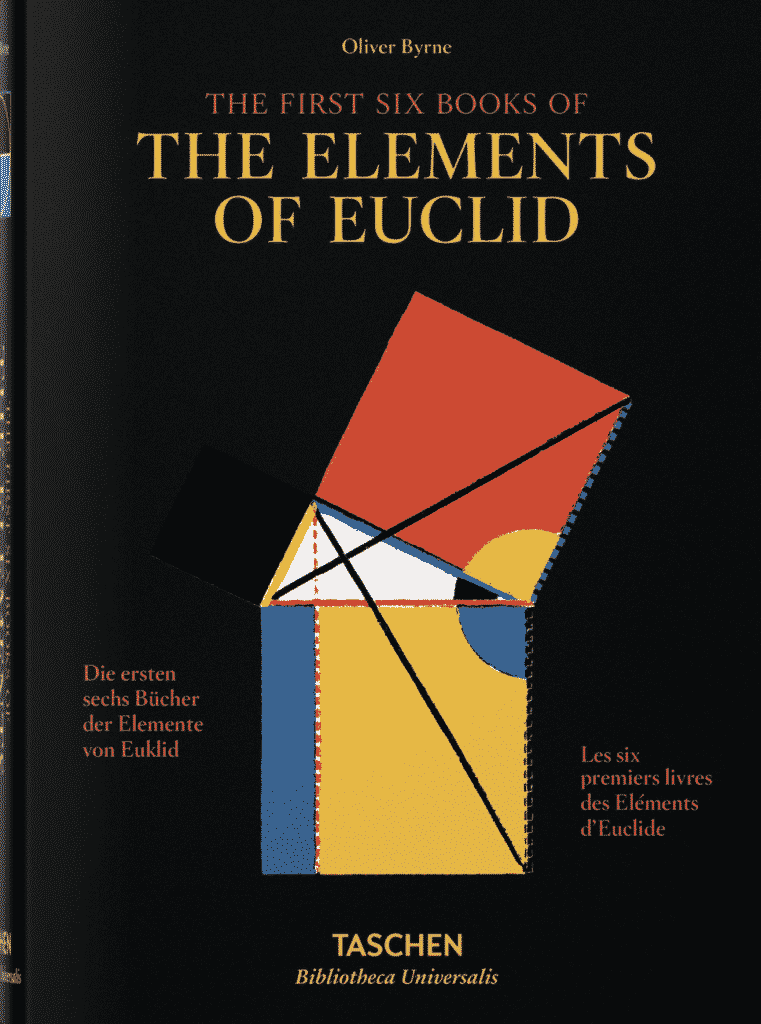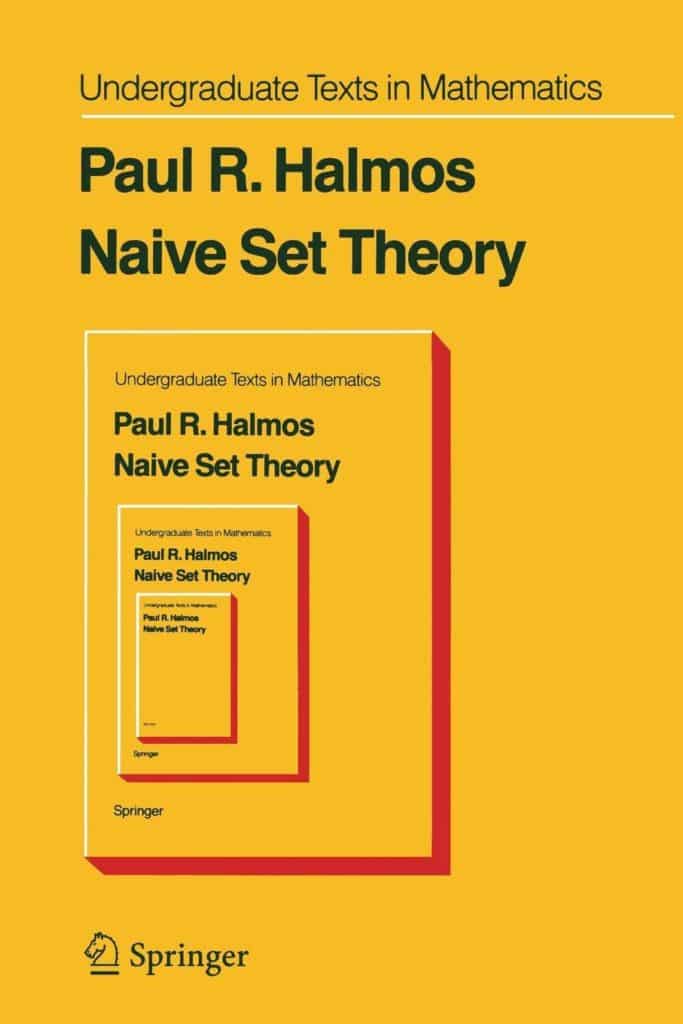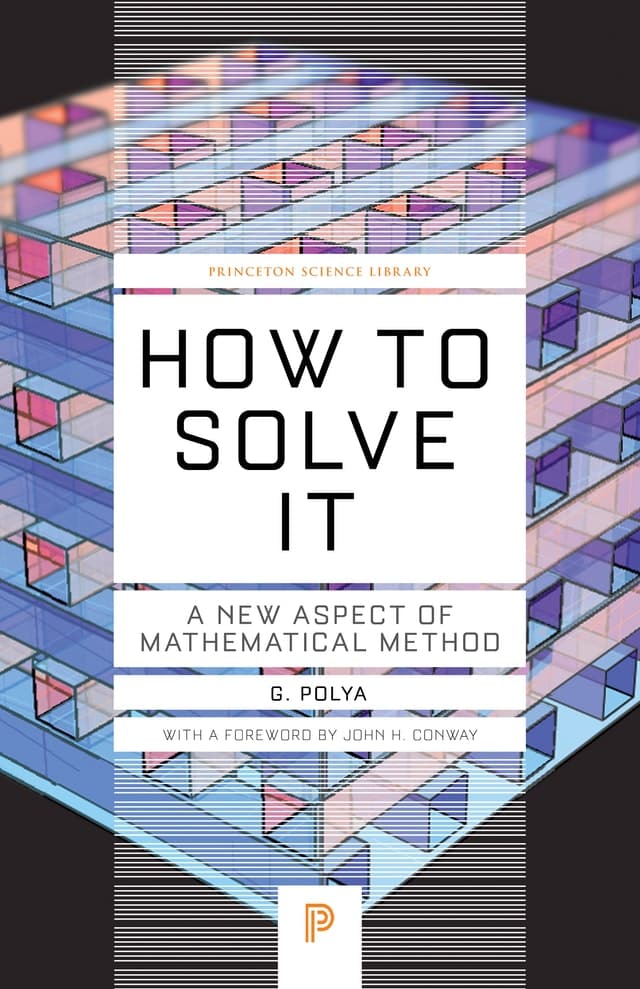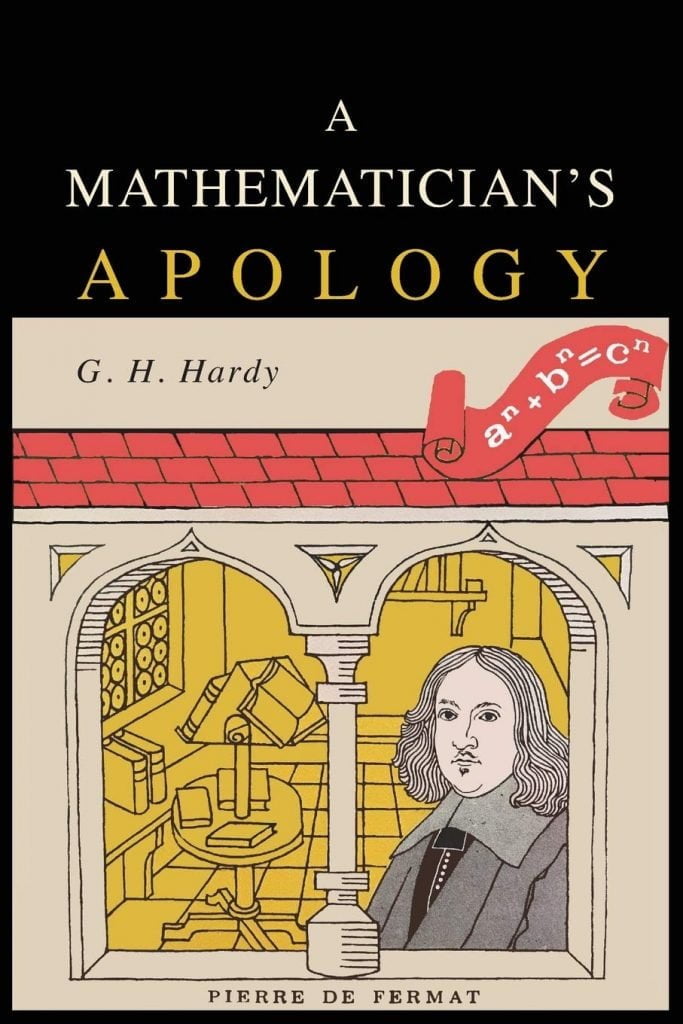Throughout the ages, some of the greatest minds have pondered over complex mathematical problems and theories, leaving behind a rich legacy of accomplished work. This list compiles over 20 classical math books penned by these brilliant mathematicians. Each math book is a treasure trove of profound insights and breakthroughs, offering readers a window into the world of mathematical thought as seen by the geniuses who shaped its history. Whether you’re a math enthusiast, a student seeking depth, or a professional mathematician, these timeless masterpieces will undoubtedly add immense value to your understanding of this fascinating discipline.
From the geometric revelations of Euclid to the algebraic innovations of Al-Khwarizmi to the calculus foundations laid by Newton and the fractal geometry explored by Mandelbrot, the legacy of mathematical literature is vast and magnificent. Euclid’s “Elements,” regarded as one of the most influential works in mathematics, established the foundations of geometry. Al-Khwarizmi’s “Al-Kitab al-mukhtasar fi hisab al-jabr wa’l-muqabala” ushered a new era in algebra. Newton’s “Philosophiæ Naturalis Principia Mathematica” introduced fundamental principles of physics and calculus. Mandelbrot’s “The Fractal Geometry of Nature” opened a completely new vista in understanding geometric patterns.
These books stand as a testament to the brilliance of their authors, representing monumental leaps in mathematical thought and understanding, and continue to be compulsory resources for anyone seeking to understand the underpinnings of modern mathematics.
Einstein’s quote, “If Euclid failed to kindle your youthful enthusiasm, then you were not born to be a scientific thinker,” speaks volumes about the timeless impact of Euclid’s work. It underscores the notion that the understanding and appreciation of Euclidean geometry are fundamental markers of a scientific mind. In Einstein’s perspective, Euclid’s mathematical principles ignite a spark in those naturally inclined to scientific thought, stirring a sense of wonder and curiosity.
This enthusiasm for Euclid’s teachings can be seen as a litmus test for future scientific thinkers, pointing to an inherent connection between mathematical understanding and scientific reasoning. The sheer elegance and logic embodied in Euclid’s “Elements” have kindled countless flames of passion for mathematics and science throughout the centuries.
Drawing inspiration from Einstein’s statement about Euclid’s influence, we can appreciate the power of Euclidean principles to shape scientific and political minds. A striking example is Abraham Lincoln, the 16th President of the United States. Lincoln, known for his leadership during the American Civil War and the abolishment of slavery, found great value in Euclid’s “Elements.” He famously read and studied the book to sharpen his logical thinking and reasoning abilities. His decision to do so attests to the universal and timeless appeal of Euclidean principles, demonstrating their profound influence beyond mathematics. For Lincoln, Euclid’s logical deductions and axiomatic approach provided the intellectual framework to make informed and rational political decisions, further underscoring the intrinsic link between mathematical understanding and effective leadership.
That’s why each of these works represents a monumental contribution to the field of mathematics, illuminating the path for future scholars and forever changing our understanding of the mathematical universe.
Love it or hate it, math indeed makes the world go round. Mathematics is the universal language that binds us all, irrespective of our cultural or geographical differences. Math is at the core of everything we do, from the mundane—like calculating expenses or measuring ingredients for a recipe—to the exceptional, such as sending astronauts into space or decrypting complex codes.
Mathematics equips us with logical reasoning and problem-solving skills and helps us understand and navigate the world in a more structured way. It’s no wonder, then, that the works of these mathematical titans continue to captivate, provoke thought, and stimulate intellectual curiosity. So, whether you’re a math lover or skeptic, exploring these classical books can provide a new perspective on math’s integral role in our lives and the world at large.
20+ Classical Math Books by the Greatest Mathematicians

While some of the mathematical concepts discussed in these books may initially seem esoteric or daunting, they are nonetheless a worthwhile addition to any math enthusiast’s library. The challenge lies not only in comprehending these complex theories but also in appreciating the profound intellectual leaps that these trailblazing mathematicians made.
These time-honored works offer not just knowledge but also a deep sense of the mathematical landscape as it developed over centuries. Even if some ideas remain elusive upon first reading, the perseverance and curiosity that led you to explore this list will undoubtedly help you unravel their intricacies over time. Keep these books in your collection, as they represent a rich tapestry of mathematical thought that will continue to inspire and challenge you.
Mathematics is a fascinating subject that has created a world of inspiration and innovation throughout human history. Yet, to understand the complex world of mathematics, one needs to understand the core principles that govern the subject. In this regard, the legendary book, “The First Six Books of the Elements of Euclid,” is one of the most important works ever written in the field of Mathematics.
The book was written in 300 BC, a time when there were no textbooks to learn and understand mathematics. Euclid, the great Greek mathematician, created this masterpiece, which outlined the fundamental principles of mathematics. The book’s influence is apparent in the works of great mathematicians throughout history, including Newton, Descartes, and Einstein. The Elements of Euclid lays the foundation for modern math, and to understand the subject, you must start with this book.
Oliver Byrne was a civil engineer! However, today we know him because of his ‘colored’ book of Euclid’s Elements. He loved Euclid’s Elements and decided to make his own version in the mid-19th century, and his version of Euclids’ Elements considered a masterpiece of Victorian printing. And many thanks to Taschen, we can access Oliver Byrne’s version of Euclid’s Elements!
Oliver Byrne – The First Six Books of the Elements of Euclid from TASCHEN is a classic math book for several reasons. Firstly, the book is beautifully designed and it is full of colorful diagrams and illustrations, and each is color-coded to represent different parts of each geometric shape. This makes it easier for readers to understand and visualize complex geometric concepts.
Euclid’s Elements was created to teach logical reasoning skills. Mathematical reasoning encompasses the systematic steps taken to arrive at logical conclusions. The book teaches how to establish connections between basic or self-evident assumptions and, from these connections, to prove or derive everything else within the subject. Reading the book helps to develop logical reasoning patterns that can be applied in different aspects of life.
For mathematics to be effective, it must be communicated accurately and clearly. The book speaks to an unversed individual in math, teaching various concepts step by step with clear writing and concise definitions. This clarity allows for an easy understanding of mathematical concepts, enabling the ability to apply those concepts in different fields.
The Elements of Euclid’s main mathematical concept is plane geometry, which studies point, lines, angles, and corresponding geometric figures. The book teaches how to observe geometric shapes, relationships, and connections carefully. The students become consciously aware of the shapes, sizes, and distances of geometric shapes, enabling them to use geometric principles to solve various mathematical issues. Understanding these concepts develops a geometric mindset, which can be useful in architecture, engineering, science, and technology.
To summarize, Oliver Byrne – The First Six Books of the Elements of Euclid from TASCHEN is more than a math book; it’s a piece of art. The visually appealing layouts, fascinating colors, and sketch drawings provide an artistic approach to math. It is a book that you can appreciate for its beauty as well as its educational value. And having a copy of the book is like owning a piece of history. The book is considered to be extremely rare, so being one of the few people to own a copy is something special. There’s something magical about having an artifact that represents mathematical history and knowledge.
Back in the 1930s, a young genius named John von Neumann was already revolutionizing the worlds of math and science. In the midst of the exciting emergence of quantum mechanics, von Neumann took it upon himself to publish “Mathematical Foundations of Quantum Mechanics.” This groundbreaking work not only laid the groundwork for rigorous mathematical analysis within the field, but also showcased von Neumann’s profound insights and extraordinary approach. His contributions solidified his status as one of the greatest minds of the twentieth century.
However, many are unaware of the extent of von Neumann’s impact on quantum physics beyond what is found in his book. His later research on quantum logic and von Neumann algebras is often overlooked. In this one-of-a-kind volume celebrating von Neumann’s contributions, not only will you find twelve papers delving into different aspects of his work, but also precious gems like two previously unpublished papers and personal correspondence. Don’t miss out on delving into the mind of a true genius.
Discover the timeless brilliance of Science and Hypothesis, a renowned text in the history and philosophy of science. Now, in this first new translation in over a century, experience unpublished material that was missing from previous editions.
This updated version addresses errors made in earlier translations, giving you a clearer understanding of Poincaré’s ideas and arguments on the role of hypotheses in math and science. With a modernized approach, Poincaré’s original meaning shines through, while David J. Stump’s introduction offers fresh insights into Poincaré’s philosophy of science.
Delve into Poincaré’s hierarchy of the sciences, from arithmetic as the foundation, to geometry as the science of space, to mechanics and the rest of physics. This indispensable translation is a must-read for philosophers of science and scientists grappling with the mysteries of space, time, and relativity. Experience the work that proves why Poincaré’s influence remains relevant to this day.
Discover the brilliant world of number theory with this captivating translation of Erdös’s acclaimed book, Topics in the Theory of Numbers. Updated with new chapters and results, this edition is brought to life by the meticulous translation of Barry Guikuli and Romy Varga.
While the title might not give much away, this book explores various subareas of number theory. It presents recent findings in these areas, along with the groundbreaking work of Erdös. Don’t worry about your level of expertise; the authors start from the basics and gradually delve into advanced concepts.
Starting with ten vital facts in combinatorics and analysis, Topics in the Theory of Numbers.sets a solid foundation for the exciting journey ahead. However, the presentation could be improved. Sections and problem sets aren’t clearly distinguished, and the lack of section titles can be confusing. Nonetheless, these flaws are overshadowed by the valuable content.
Intended for undergraduate students, Topics in the Theory of Numbers. is sure to captivate anyone with an interest in number theory. Even if you’re not a fan of the subject, give it a chance and you might be surprised by the wonders of this profound field.
“On the Hypotheses Which Lie at the Bases of Geometry” by Bernhard Riemann is not your ordinary math book. It goes beyond just equations and theorems to delve into the historical and philosophical significance of geometry. By exploring the ideas and concepts developed by later mathematicians and physicists, this book offers a deeper understanding of the fundamental principles of math and science.
And it’s not just for math geeks! This book also examines the concept of space in philosophy, physics, and math, making it a fascinating read for anyone interested in physics or philosophy. Prepare to be engaged and have your mind challenged.
Discover the fascinating world of mathematical logic, philosophy, and mathematical foundations through Russell’s Introduction to Mathematical Philosophy. This timeless book challenges traditional philosophy and offers insights into unsolved problems while exploring the logical foundations of mathematics.
Russell, known for his clarity of thought, carefully places this book within the realm of philosophy, despite its unconventional subject matter. He explores the dual nature of mathematics – one direction leading to increasing complexity, and the other towards greater abstraction and logical simplicity. This unique approach sets mathematical philosophy apart from ordinary mathematics.
While Russell’s informal treatment may make for occasional tedious reading, it caters to philosophers with limited symbolic reasoning abilities. Today, the same material would likely be presented in a more concise manner using standard notation.
Russell’s ideas have sparked a wealth of fruitful research. However, one must ponder whether philosophy’s focus on Russell’s pursuit has caused it to overlook significant aspects of mathematics. To delve deeper into this question, explore David Corfield’s Towards a Philosophy of Real Mathematics.
Immerse yourself in the captivating world of mathematical philosophy with Introduction to Mathematical Philosophy by Russell. Challenge traditional thinking and expand your understanding of mathematics like never before.
Step back in time and dive into the captivating world of numbers with this classic book, Number: The Language of Science. Although it was written decades ago, its relevance remains intact, making it a must-read for anyone interested in the fascinating evolution of numbers and their impact on mathematics, philosophy, and science.
Unlike other math-focused books, this gem takes a storytelling approach, making it accessible to a wider audience. While some mathematical proofs are explored, the author skillfully explains them in a way that even non-mathematicians can appreciate. A basic understanding of math could certainly enhance the experience, but it’s not a prerequisite.
Don’t let its age deter you. While the chapter on “Future problems” may no longer hold relevance, it offers an intriguing glimpse into historical math problems and their subsequent solutions. And for those hungry for more, the editors have included additional book recommendations, sure to keep us engaged in further exploration.
Discover the wonders of number theory and embark on a journey that will leave you with a newfound appreciation for the language of science. Number: The Language of Science is the perfect starting point for anyone delving into the realms of mathematics and beyond.
Naive Set Theory is a valuable resource for both beginners and professionals in the field of mathematics. It offers a unique perspective on set theory, catering to those who want to explore the foundations of their existing mathematical knowledge or refresh their understanding of key principles.
Contrary to what the title may suggest, this book is not a simplistic guide; it goes beyond the basics and delves into the realm of Zermelo-Fraenkel set theory. While it does introduce a few axioms, it is not an exhaustive axiomatic study. Originally published in 1960 and reprinted in 1974, it predates the groundbreaking resolution of the continuum hypothesis by Cohen in 1963.
Naive Set Theory does not aim to provide a comprehensive overview of the subject. Instead, it offers a collection of topics that range from simple concepts, such as functions and pairs, to more complex ideas like general set indexing, transfinite induction, and recursion. It also includes in-depth discussions on numbers, covering the Peano postulates and Cantor’s exploration of finite and transfinite ordinals and cardinals. While the book features sporadic exercises, there is no systematic approach to problem-solving. It is worth noting that a companion exercise book published by Van Nostrand in 1966 is currently out of print.
In conclusion, Naive Set Theory serves as an insightful reference for understanding the practical applications of set theory in various areas of mathematics. However, it is not a comprehensive textbook solely focused on set theory itself.
Discover the timeless wisdom of George Polya’s How to Solve It, a must-read for anyone interested in mathematics education. Despite its slightly clumsy writing due to Polya being a mathematician and not a native English speaker, this book offers invaluable insights into problem-solving that transcends the realm of mathematics and can be applied to any field.
Polya’s four-step approach to problem-solving is simple yet profound: understanding the problem, devising a plan, executing the plan, and reflecting on the solution. These steps are universally applicable and can be utilized for both basic and complex problems, making them essential for learning and growth. While different writers have made their own revisions to these steps, the core principles remain unchanged.
One of the highlights of this book is its enduring relevance. Not only can the general framework of Polya’s heuristic be applied to various situations, but the “A Short Dictionary of Heuristic” section offers a plethora of valuable insights. Each entry provides a concise essay on different aspects of problem-solving, shedding light on its nature and history. For instance, the distinction between “Problems to Solve” and “Problems to Prove” is particularly eye-opening and encourages deeper understanding.
With its enduring wisdom and practical resources, How to Solve It is a book that deserves a place on every educator’s shelf. It is a true classic in the field of educational literature that can be revisited time and time again for guidance and inspiration.
Prepare to be captivated by this thought-provoking book that delves into the world of applied mathematics. In this introspective piece, the author shares their personal journey in the field of numerical analysis, shedding light on the disconnect they feel with present-day mathematicians and mathematics itself.
While reflecting on their career and highlighting biographical details, the author presents a serious and personal contemplation on mathematics, akin to G.H. Hardy’s renowned work. However, A Mathematician’s Apology takes a different path, exploring fascinating new directions.
The author defines numerical analysis as the study of algorithms for continuous mathematics, slightly skirting the boundaries of computer science, which focuses on discrete mathematics. With significant contributions in various areas of numerical analysis, including approximation theory and probability analysis, the author showcases their expertise.
Surprisingly, the author reveals that their work has not been influenced by pure mathematicians, nor have their results impacted the winners of the prestigious Fields Medal. This divide between the theory and proof enthusiasts and the algorithms and computations experts strikes the author as unusual, considering the historical examples of Gauss, Newton, and Euler integrating numerical analysis into their theoretical work.
While acknowledging the productivity of mathematicians on both ends of the spectrum, the author expresses a desire to bridge the gap between them. They find it astonishing that a considerable portion of the mathematical community focuses solely on abstraction and technique, detached from real-world phenomena.
If you yearn for a fresh perspective on applied mathematics and the dynamics of the mathematical community, A Mathematician’s Apology is an absolute must-read.


















